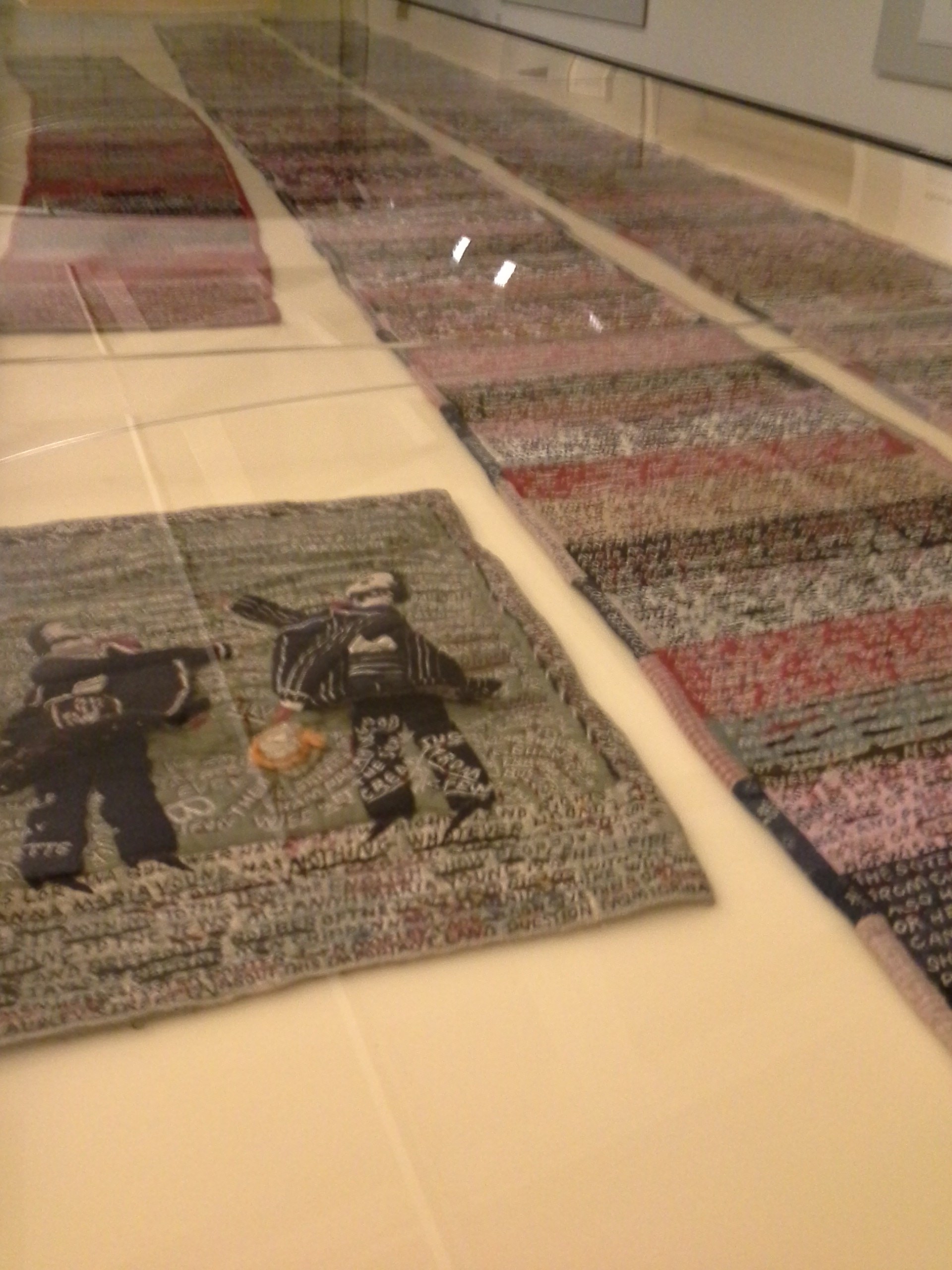Olympics!!!
The outfits of the U.S.
snowboarding athletes use a print based on an antique quilt. While I was peering closely at the snowboard racers on Thursday evening, I noticed a diamond patchwork-like design on their number bibs. And then, handily, a quilt friend posted an
article about that design.
The "prints" on the diamonds contain references to many, many of the folk art traditions all across Russia. The design is being used all over the Olympic events, and shows up on the
medals as well.
So I began to wonder about the tradition of patchwork in Russia.
Here is the
Russian Quilters Association. Clicking on most of the links will take you to a page with photos to explore.
And the
All Russia page shows lots of really wonderful quilts. I especially love the rendition of Klimt's famous painting "The Kiss". For some reason I was just imagining the other day how that painting could done in fabric - and poof! - here it is! I can't find the name of the quilter.
Also, there are lots of cat quilts, which is fun. There was a specially themed section called, "One Day in the Life of a Cat and Her Friends" at the show which is highlighted. I especially like this stylized black, white, and brown one called "Family Portrait", by Galena Progonova.
I've always been fond of Russian culture, studied Russian throughout high school, and traveled there as a graduation gift back when it was still part of the USSR. Also, my anthropology major in college has colored my interest in seeing how quilts and quilting vary around the world. It's fun to see quilts, especially on the All Russia page, that depict the traditional Russian babushka (which actually means "grandmother", but in English has come to mean her headscarf) and Russian folktales and traditional dress.
I, for one, love to watch the Olympics, even though I'm not a sporty person. The travelogue segments are the best! I imagine I'm going to get a lot of embroidering done on my big
tablecloth project. I'll post a status report after the closing ceremony!













